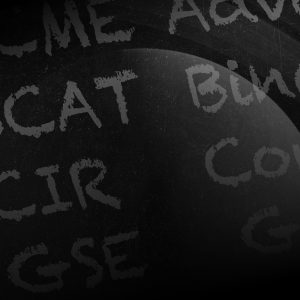
Acronyms
A collection of acronyms used extensively by the space flight program/projects.
Our innovations in chemical, electric, nuclear propulsion, and propellant management technology allow us to develop capabilities that are critical in NASA’s mission to take astronauts to numerous deep-space destinations.
Grid View List View

A collection of acronyms used extensively by the space flight program/projects.
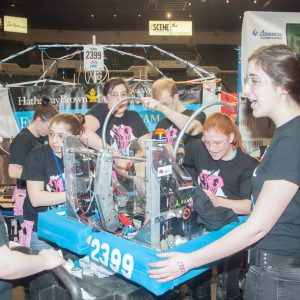
The astronauts and operators of future robotic vehicles who will explore the Moon, Mars, and beyond are in schools across the country. Educating these future scientists and engineers is a priority for NASA, with programs available at all educational levels for students to get involved with their space program.
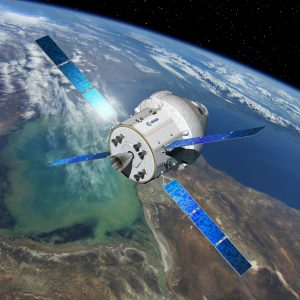
The Orion crew transport vehicle’s European Service Module (ESM) is the spacecraft’s powerhouse, supplying it with electricity, propulsion, thermal control, air, and water in space.
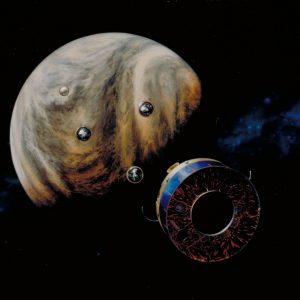
GEER is a world-class facility designed to simulate extreme environments
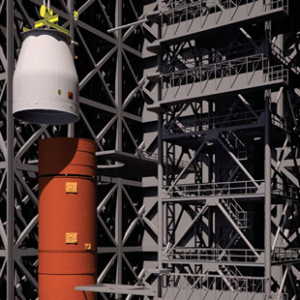
NASA’s Space Launch System (SLS) rocket is designed to be flexible and evolvable to meet a variety of crew and cargo mission needs – and with an exploration upper stage (EUS) planned for future configurations, the Universal Stage Adapter (USA) will connect the rocket to the Orion spacecraft.
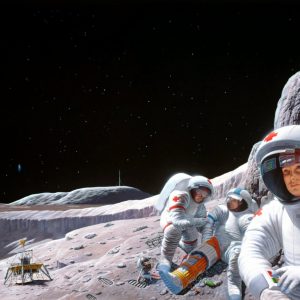
The human research conducted at the GRC focuses on exercise, physiology, exploration medical capability, and other related issues.
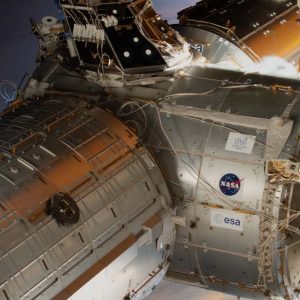
NASA’s Physical Sciences Research Program at the International Space Station (ISS) has conducted striking fundamental and applied research leading to improved space systems and new, advantageous products on Earth.
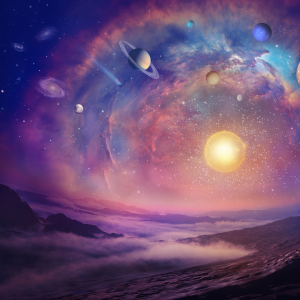
Supporting the Planetary Science Division in the Science Mission Directorate
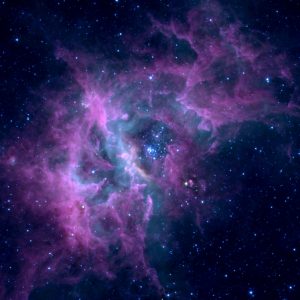
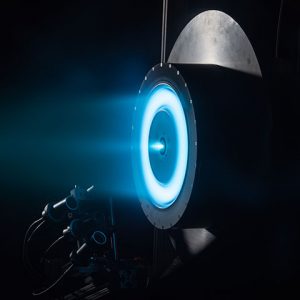
“Following the light of the sun, we left the Old World.” —Inscription on Columbus’ ships
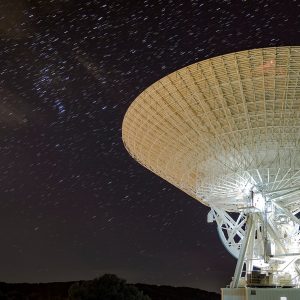
Exploration, enabled.